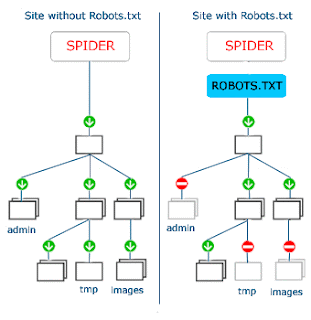Not content with taking away the
little keyword data we had left this week, Google has again surprised the
online marketing industry with a brand new algorithm.
Google marked its fifteenth
anniversary on Thursday with a revision its search engine algorithm called
"Hummingbird.

What is Hummingbird?
It’s the name of the new search algorithm that Google is using, one
that Google says should return better results.
The Google Hummingbird algorithm is essentially the “back end” or “engine” of Google’s organic search results. It understands our queries better than ever before. It has an effect on the knowledge graph and advanced search queries (especially when we ask Google questions). And it’s already in place, so we really don’t have to worry to much about upcoming algorithm or ranking changes. They’ve already happened.
Even if Hummingbird does
fundamentally change search in the long term, its introduction went by relatively
un-noticed as little more than a slight improvement in search results. And,
though Google notes that the update covers about 90% of search queries
worldwide, it will feel incremental from a user perspective. Marketers,
however, should be cautious because the update brings a greater implication
from both an operational and technical standpoint. Google continues to push
towards a world where “Content is King,” and understanding user search intent
is the end goal.
How will this affect your website’s organic search engine ranking?
The update will mean an improved
user experience and a loss for law firm websites that do not have relevant
content for users. Now, up to 40% of web traffic comes from mobile devices.
Google’s Hummingbird update seeks to help users with voice-based search by
providing them the most relevant results. If someone asks Google from their
mobile phone, “Where can I find a criminal defense lawyer”, Google’s update
should provide a local, relevant result.















.jpg)




